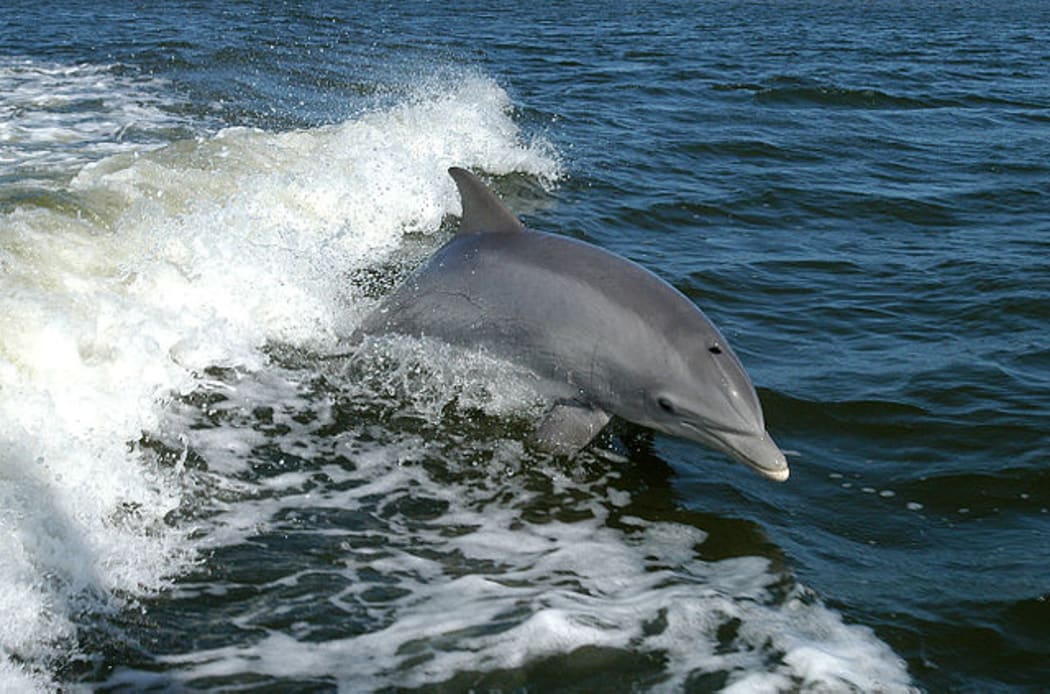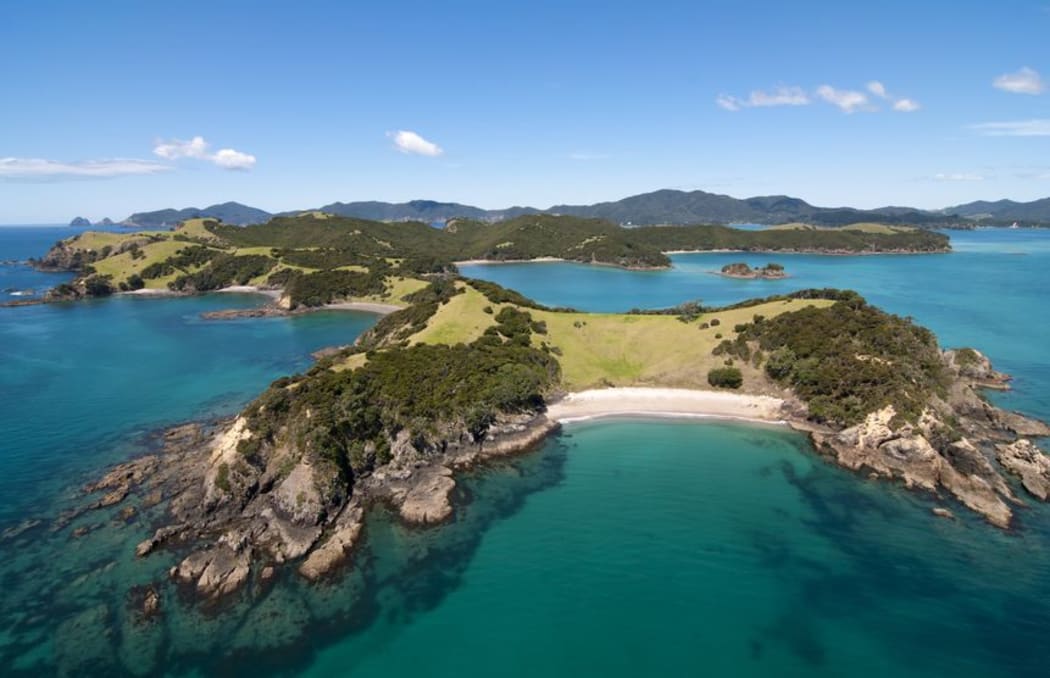The endangered bottlenose dolphin population in the Bay of Islands has dropped almost 90 percent in the past 20 years - though perhaps not for the most obvious of reasons.
Dr Rochelle Constantine began studying bottlenose dolphins in Bay of Islands in the mid 90s.

A bottlenose dolphin (file photo). Photo: Creative Commons
"Back then, around 400 would use the Bay of Islands at any point in time. Some we saw a lot, 20 or more times, others just once or twice. We had an 80 per cent re-sight rate though. The most recent count throughout 2012 put that number at 50.
"We looked back at stranding and calving rates and all of that is reasonably constant. It's not like they eat only one fish and that's been fished out - they have different foraging habits, so there is no sign this is because of a natural event.
"So now we think it's that the Bay of Islands isn't the optimum habitat it once was. "
Dr Constantine said the cause appeared to be our interest in them.
"There was too much attention from tour operators and non-permit holders during the late nineties and early 2000's - the pressure was so intense.
"We could see the displacement happening, and we think they just got pushed over the edge."

Urupukapuka Island - a pest-free sanctuary in the Bay of Islands. Photo: 123F
DoC Conservation Services Manager for the area Rolien Elliot said it had also noticed a drop in numbers.
"There's a range of factors. Disturbance by vessels is a major factor as well as environmental conditions and food supply."
Ms Elliot said a moratorium prevented any more permits for dolphin activities being issued until at least mid 2016.
It was also awaiting new research about the local habitat, which would include a population count, later this year.
Northland INC, the region's economic and tourism agency, said businesses had reported a decline in dolphins too, but said it had been noticed in other dolphin-watching areas.
General Manager Paul Davis said they were encouraging tourists and water users to be careful around the dolphins, and businesses were taking care too.
Dr Constantine was working on matching photos of the Bay of Islands bottlenoses with ones from Auckland's Hauraki Gulf to see if that is where they have relocated to.
She hoped to have that done by the end of the year.

